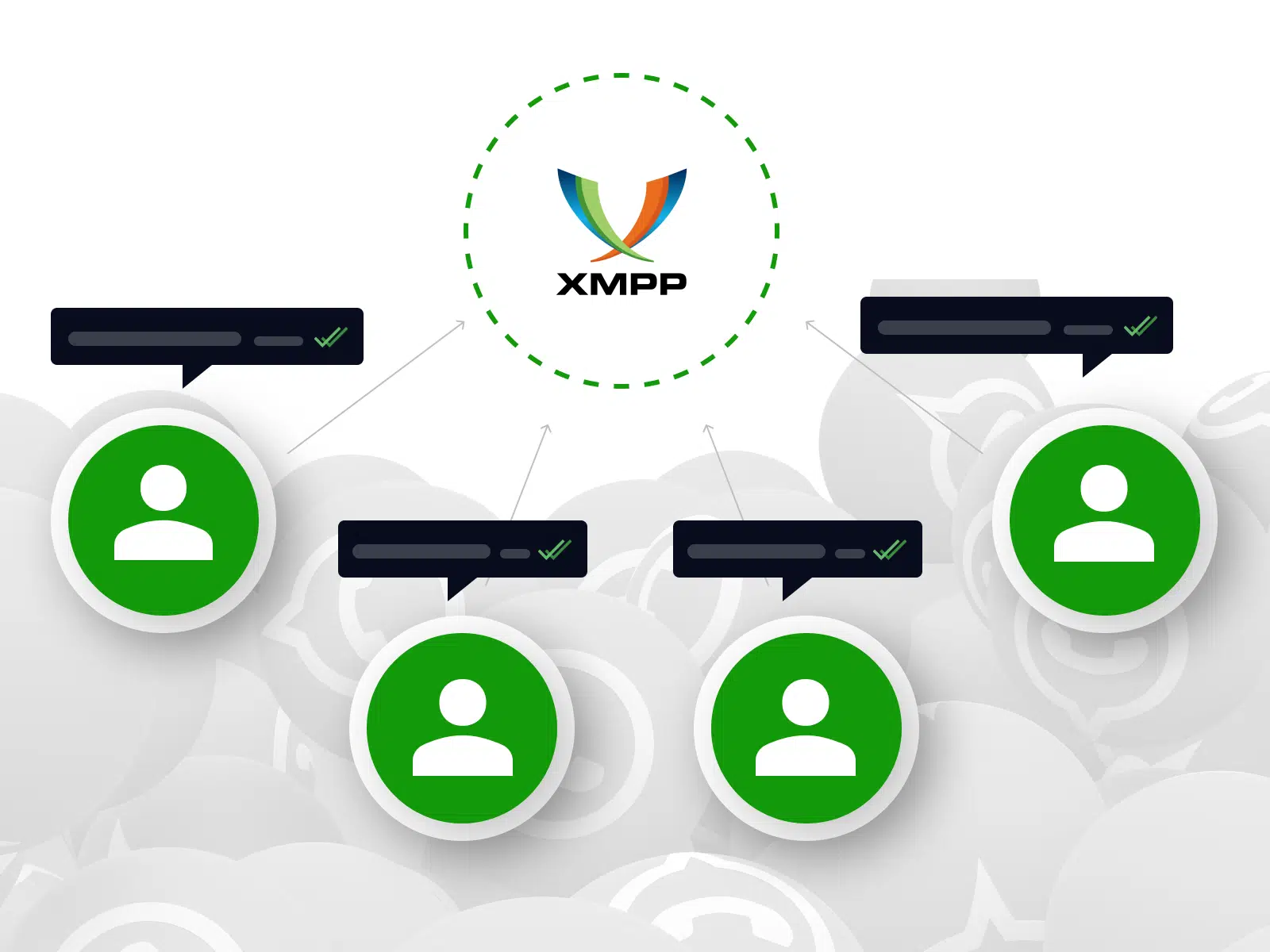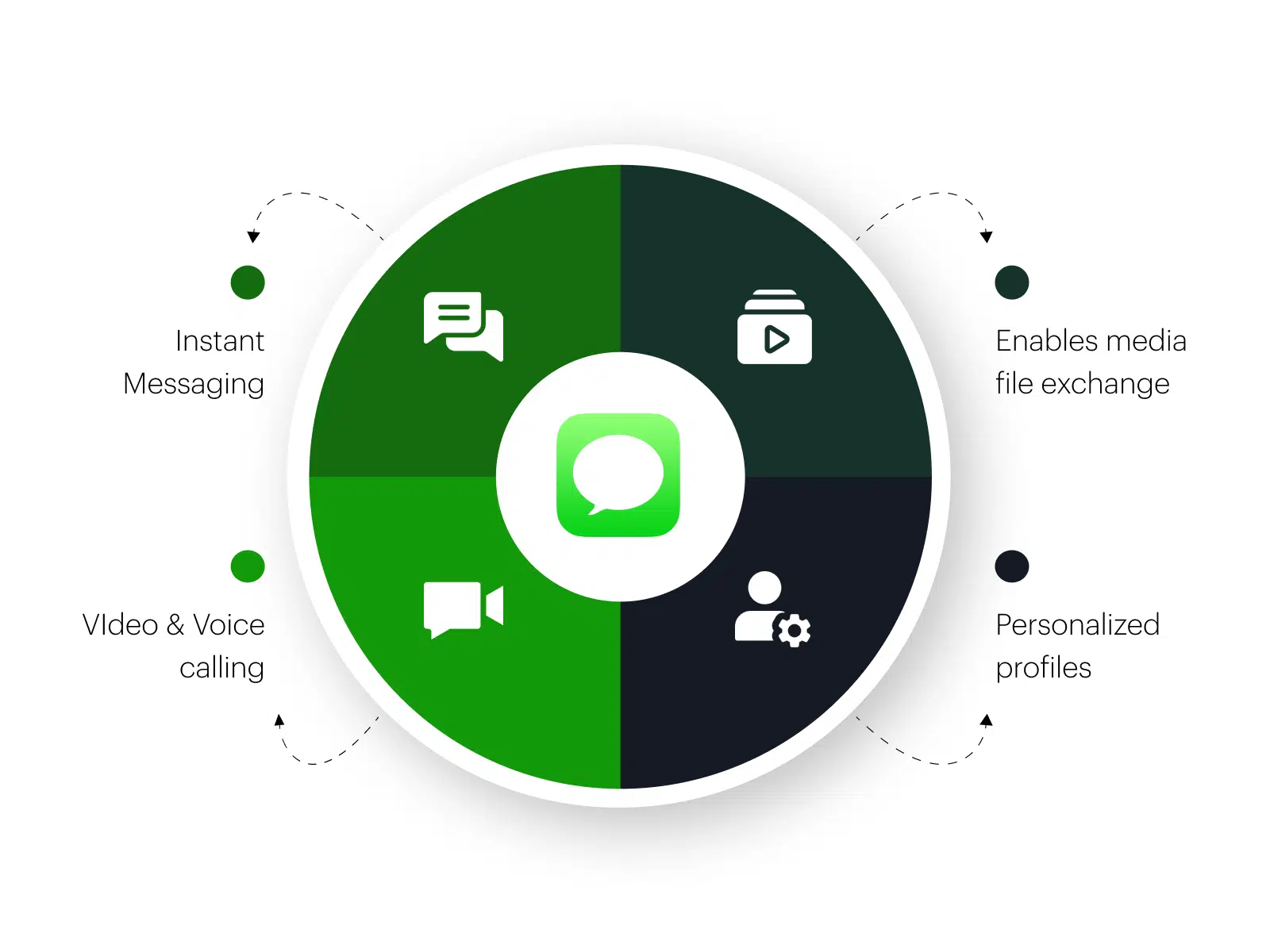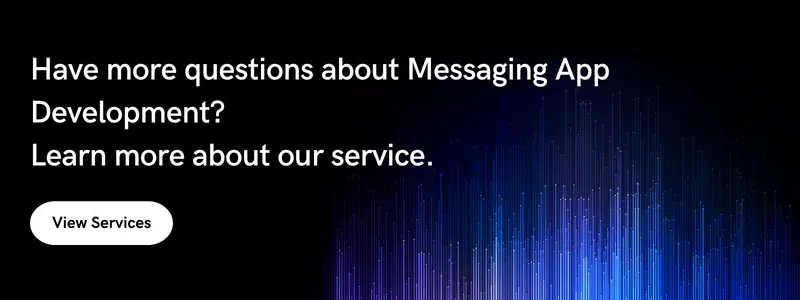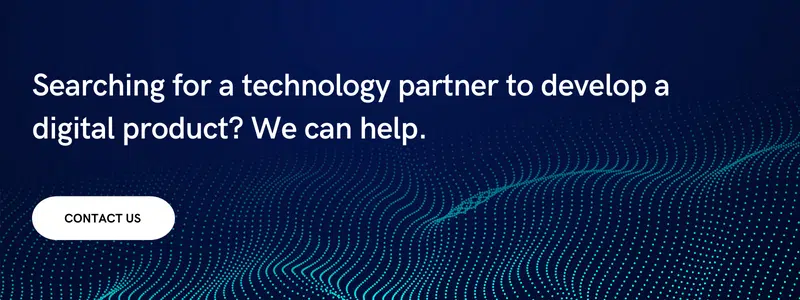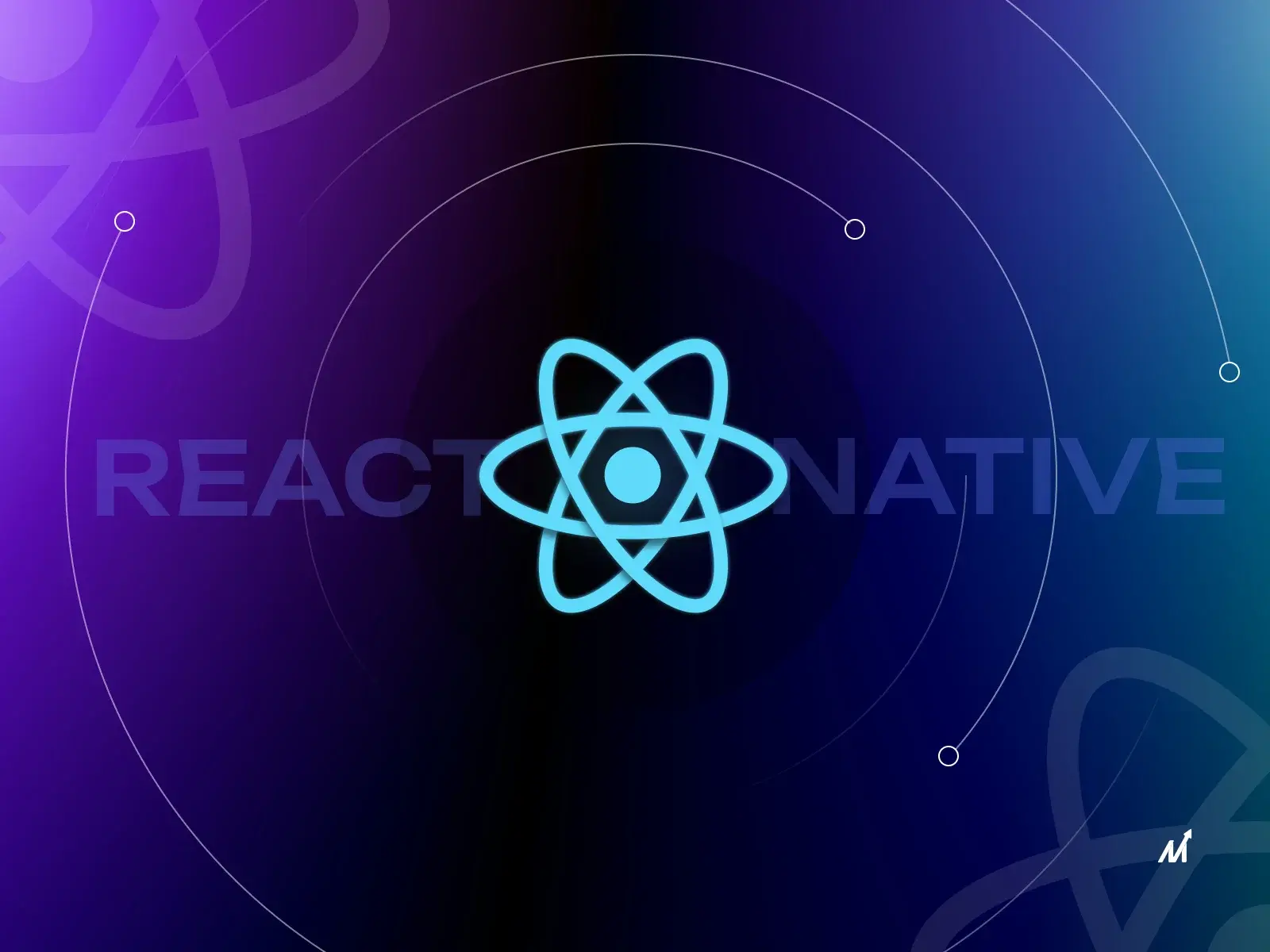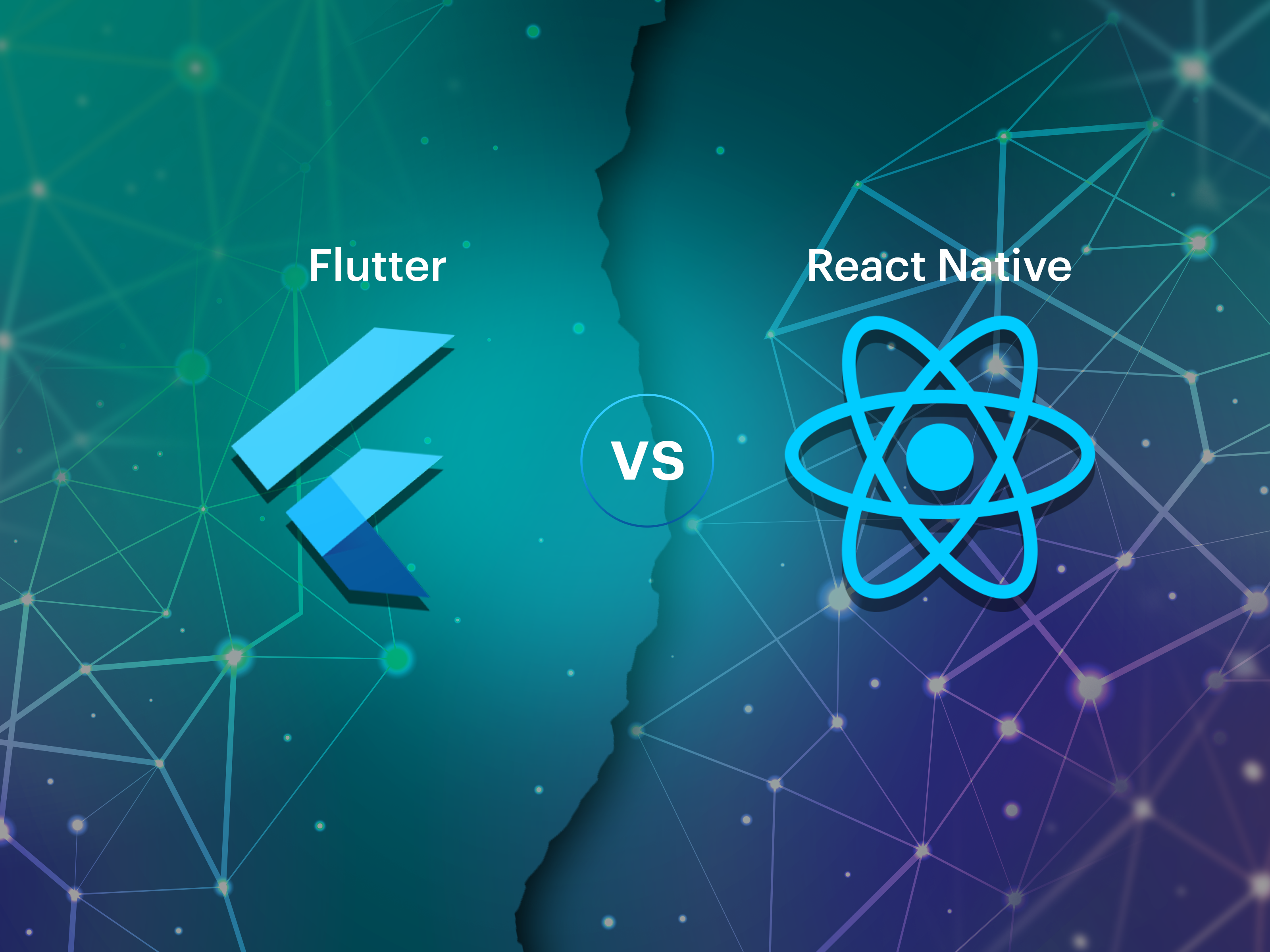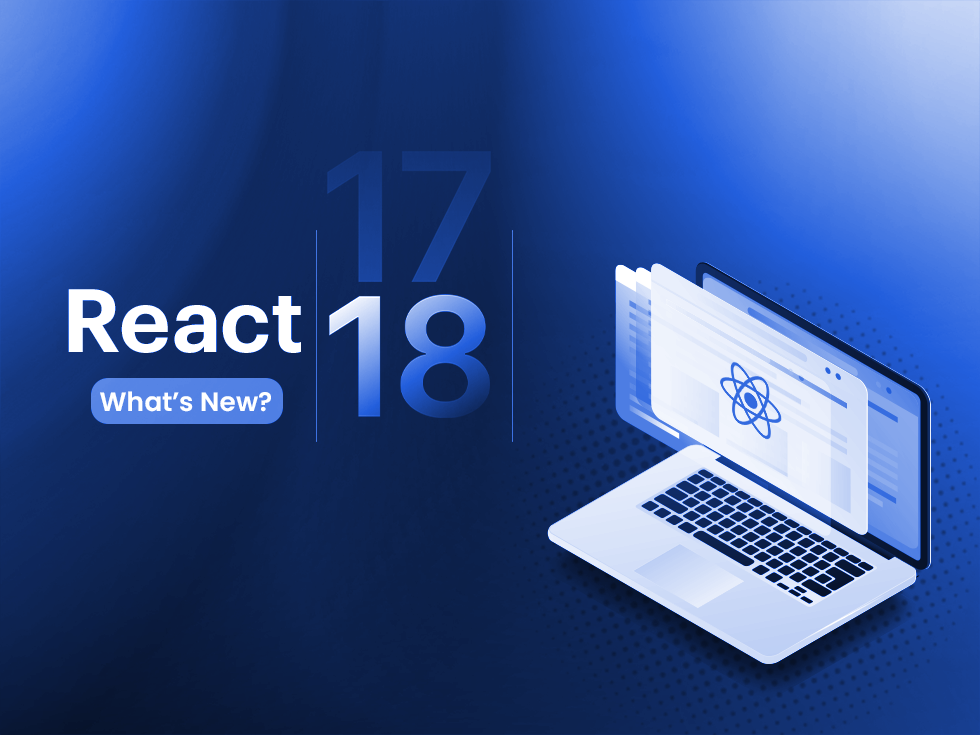Messaging App Development: Introduction
We live in a world where socializing is primarily through phone screens, mobile apps, or virtual meetings. The era of letters and phone calls has passed, and people have moved on to virtual means of communicating and interacting with society. This is where messaging app development comes into play.
Over three billion people used messaging apps in 2021, making them one of the most popular app types. Applications such as Whatsapp have become an inevitable part of our lives nowadays, with almost 90% of conversations done through them. These are usually free with an easy-to-use interface, with features like unlimited messages, stickers and GIFs, personalized accounts, group chats, and many more. Messaging apps help us stay connected with our surroundings, family, and friends and help us interact in a fun manner, be it through texts, photos, funny stickers, or videos.
Installing these on any smartphone and using them after creating an account has further spread their customer base worldwide. Thus, messaging app development is a service that is in demand nowadays, with businesses looking to create the next big thing, which might help to change the conventional way these apps work.
Messaging App Development Like WhatsApp: What Does The Market Study Say?
It’s safe to say that the popularity of these apps is entirely justifiable, considering the number of services they provide and the various modes of communication they offer, with almost no barriers in terms of factors like performance, location or cost.
WhatsApp is the most popular messaging app worldwide and is the most used app in over 150 countries.
Messaging apps are dominated mainly by Facebook( which has taken over WhatsApp, too) and thus now holds almost 90% of the market share.
Studies show that WhatsApp, Facebook Messenger, and Telegram dominate in this area of the app industry, with their usage differing from region to region. WhatsApp is more prevalent in Asia and the UK, while Facebook Messenger is more popular in the US. Apps like Snapchat, Viber, and Liner also have a small share of the messaging apps market. WhatsApp, which dominates over 60 countries, still overshadows them.
Messaging App Development: How Does An App Like WhatsApp Work Technically?
The WhatsApp Server is completely implemented in Erlang, which is known for handling the high inflow of users and maintaining a sustainable environment.
Writing the code from scratch can be time-consuming and require deep technical expertise. Thus, WhatsApp uses ejabberd to ease the load and make things easier. It is an XMPP Server written in Erlang, which helps to create a scalable real-time communication system. ejabberd is an Extensible Messaging and Presence protocol application server that supports distributed computing, hot reloads, and shared roster groups.
WhatsApp uses a modified XMPP protocol, one of the most popular messaging protocols. It opens up an SSL socket to the WhatsApp servers from the client side. Reconnecting to the Internet enables the client to retrieve all the sent messages queued on the server. Thus, the servers then send back a Success status, after which a double tick icon is seen next to the message, which ensures that the message has been delivered.
For sending multimedia messages such as images and videos, the contents are uploaded on the HTTP server in a thumbnail format, with the piece of media and the content attached. This can then be downloaded on the receiver’s phone whenever they want to; after this, it gets deleted within a certain period. This ensures data privacy and preserves storage.
Since WhatsApp has a customer network of billions, database management can be quite a heavy task. By default, WhatsApp uses Mnesia DB, also Erlang’s default database. It is a multi-user, distributed database that fetches data with lightning speed. Erlang and Mnesia DB combination makes WhatsApp a swift application with little response time and high fault tolerance.
For the operating system, WhatsApp has switched from FreeBSD to Linux.
Messaging App Development: Features To Include
1. Different Modes Of Calling
This enables the users to connect and talk in an interactive manner using audio or video. It gives them the feeling of physicality and helps them to communicate even better. Calling can be through simple voice calls or video calls, enabling one to hear the person on the other end and see them. This feature helps people to stay connected irrespective of long distances and regions. Group calling is a bonus that enables a fixed amount of members to come together and talk using audio, video or both.
2. Instant Messaging
Instant messaging is one of the key features which make messaging apps what they are. Communication from the sender to the receiver, or vice versa, takes just a few microseconds. Instant messaging is an excellent feature for communication since texts are much more efficient in cases like when we have to send a message to a large group or communicate with someone 24*7. The inclusion of voice messaging and quick search makes chatting and texting more straightforward and interactive.
3. Enables Media File Exchange
The app must be able to facilitate communication between the receiving party and the sending party through media files such as videos, images, or GIFs, as chatting is quite boring and nearly impossible without them. This file exchange gives the app a unique edge and helps to minimize any barriers that might come in the way of texting.
4. Personalized Profiles Integrated With Contact Information
After signing up, the user must be able to create a personalized profile, giving each user a sense of individuality. Personalized should hold all the necessary information if someone views the user on the app, such as profile picture, contact information, bio, and the time they were last active.
Messaging App Development: Designing & UI
The UI should be minimalistic as well as straightforward, with a basic color coding that identifies the brand and helps the user instantly make the association between the app and the company.
While designing, it should be kept in mind that all the information is readily displayed with the help of icons, and features such as calling, making new group chats, or sending stickers are visible.
There should be a mechanism that helps to see if the message has been delivered or seen, similar to the blue ticks on WhatsApp.
It should be easy for the user to navigate through the hundreds of chats and contacts while being able to search and filter through them.
The user’s profile should be attractive and customizable and display all the necessary details, which a third person should be able to read at just a glance.
For elevating the user experience, different modes, such as dark mode, have also become popular.
Messaging App Development: Steps To Create
- Understand the competition and analyze the market. One must know the products already available in the market, their features and strengths, and their weaknesses.
- Work upon and finalize your app’s business model, including a USP, since multiple messaging apps are available in the market. Define the workflow of the app, the revenue generation method, and how it’s planning to bridge the communication gap between users.
- Hire a development team with experience handling a heavy user load and knowledge of the most up-to-date technology stack. For developing a messaging app like WhatsApp, developers with a deep knowledge of the technicalities and system design can help you bring your vision to life.
- Build the app’s design and prototyping, combining business and technical features. For building a WhatsApp-like app, take inspiration from its features and work on its shortcomings to develop a freshly designed app.
- Launch an MVP of the app to get appropriate user feedback and better the prototype so that your product stands out in the market.
- After the launch, continuously work on the maintenance and feedback to minimize any lags during chatting, and generate new revenue streams.
- Integrate bonus features such as chat muting, privacy status, animated GIFs, sticker collections, sharing live locations, or deleting messages.
Messaging App Development: How Can Markovate Help?
Developing a fully scaled as well as robust messaging app requires a great team of developers who understand your business requirements and have the technical knowledge to integrate them. Markovate offers to message app development services through developers with significant expertise in the field of app development and who has worked in various sectors. We follow an end-to-end app development process. Thus, we are with you throughout, from prototyping to designing to writing the code and maintaining the app services.
Messaging App Development: FAQs
1. How long does it take to build an app like WhatsApp?
A fully functional messaging app requires a development time of around 600 hours or two to three months, depending on the requirements.
2. How do apps like WhatsApp make money?
Apps like WhatsApp are free and do not have standard methods like subscriptions or advertisements. In this case, WhatsApp generates revenue using WhatsApp Business and WhatsApp pay, subscription-based models opted for by a limited audience.


